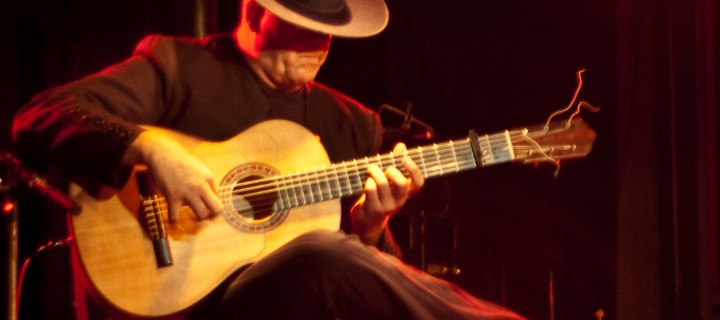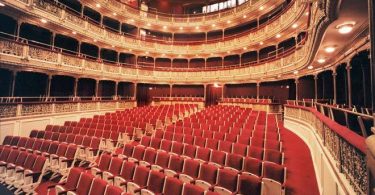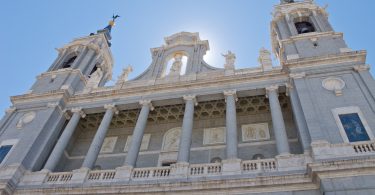Most people that visit Spain are often impressed by the Spanish flamenco dance but do not have a complete understanding of the full art form. The written history of this cultural art form has only been recorded for just over 200 years and much of its origins, including its name, come under historical debate and speculation. By discovering more about the art form, it will help you to know where to go to see flamenco dance in Madrid no matter how far or close it is to old-town apartments in Madrid.
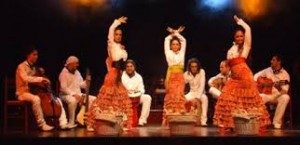 Flamenco Origins
Flamenco Origins
Historical speculation about the origins of the Flamenco art forms, be it voice, dance, guitar music or hand clapping, are thought to have originated solely from a “dry style”, which only included voice of a form of primitive cry or chanting technique. It is thought that these songs, with the rhythmic technique blacksmiths used in conjunction with the beating of their hammer, prison songs and the debla songs (two of which belong to the indigenous “gitano” culture) are ones of the bases of Flamenco. It also pulls influence from Cuban and Indian dance. Its first written stories speak of a combination of Andalusian and Romani music and dance styles in the late 1700’s. During the 19th Century, the entire art form expanded and dramatically changed. It has also been named a UNESCO Heritage of Humanity art form.
Related article: Meet and Dance – Get Together in Madrid
Forms of Flamenco
There are four basic forms of flamenco with over 50 Palos (previously called cantes). The four basic forms include Cante (Voice), Baile (Dance), Toque (Guitar) and Jaleo which means ‘hell-raising’ and refers to the hand clapping, foot stomping and shouts from performers and audience alike. Most people outside Spain are only familiar with Baile Flamenco as it is mostly marketed to tourists and in material targeting tourists. If you have not had a chance to enjoy Cante and Toque in a traditional performance, it can provide just as much cultural education as enjoying the colorful flamenco dance performances. Jaleo includes the Palmas, a hand clapping art form, which although looks easy, is, in fact, difficult to master the technique and various rhythmic patterns of the music. Zapateado, a tap dance style that shows technique in foot movements, rhythm and sound is often a part of these dances. There is also a mysterious part of flamenco, not often shown in tourist performances; the Duende, a mythical dark and spiritual presence that can be present when a performer or singer truly understands the dark undertones of the music that is said to form when under threat of death.
Where to see Flamenco in Madrid
Where to go to see flamenco in Madrid could be a variety of places. Tourist stage shows or tablao are still popular for visitors, but if you want to see real cultural shows, its best to visit one of 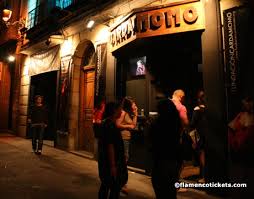 the many flamenco bars that provide a more authentic cultural experience. Not only will you see dance, but in many you will see the guitar, voice and Jaleo parts of flamenco as well. Try Casa Patas, Las Carboneras Tablao Flamenco, Cafetin La Quimera or El Burladero. From polished shows to husky bars, these will provide a wide range of options.
the many flamenco bars that provide a more authentic cultural experience. Not only will you see dance, but in many you will see the guitar, voice and Jaleo parts of flamenco as well. Try Casa Patas, Las Carboneras Tablao Flamenco, Cafetin La Quimera or El Burladero. From polished shows to husky bars, these will provide a wide range of options.
Related article: Where to Go Salsa/Latin Dancing in Madrid
Stay in Madrid at affordable apartments from ShBarcelona to be able to enjoy the lifestyle and culture of flamenco shows, which can run from as little as 10€ to 50€, and dance till the wee hours of the morning.



